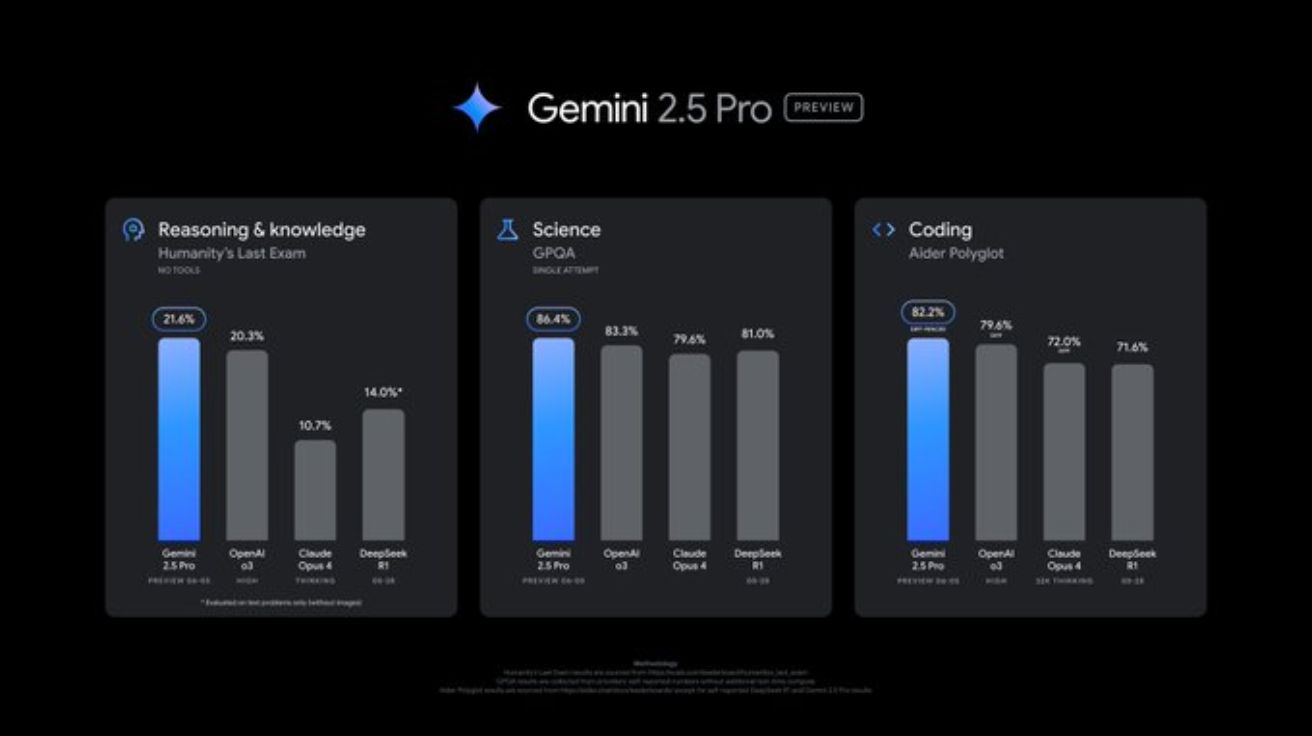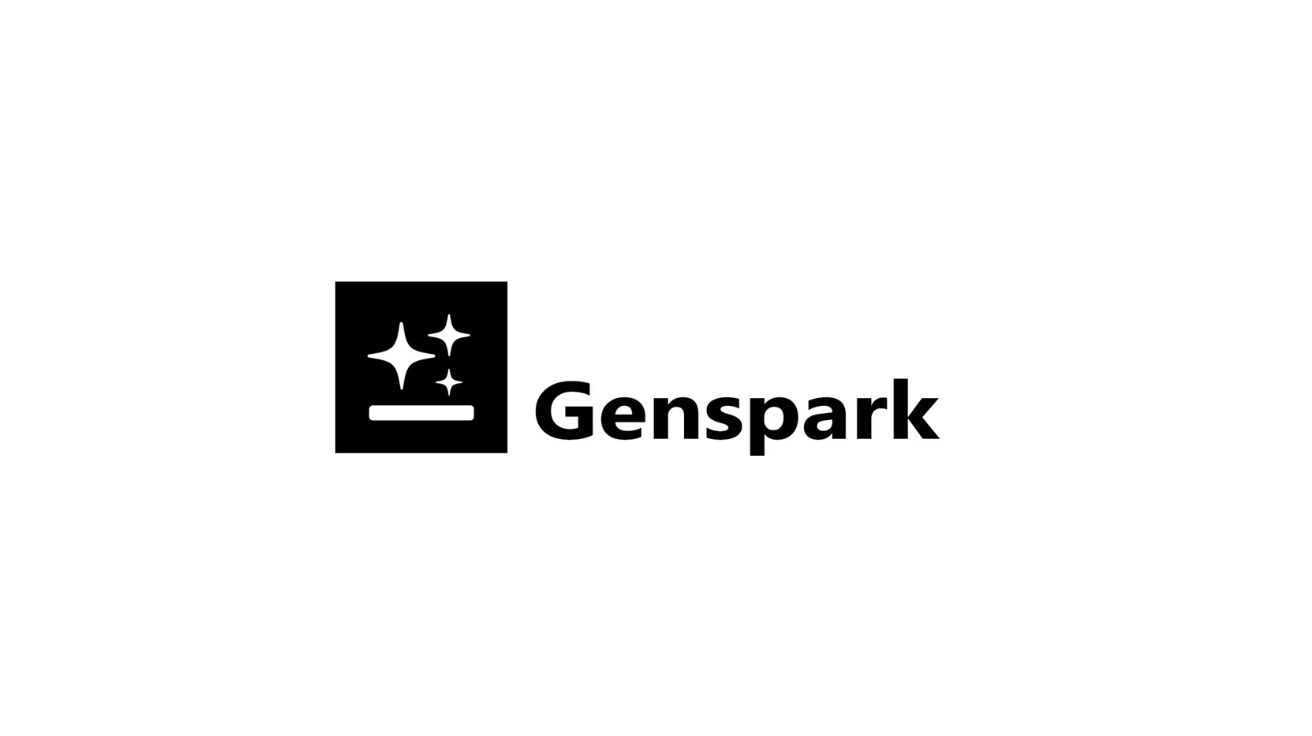2025 EU AI Policy as Outlined in the “AI Continent Action Plan”
The European Union has announced the “AI Continent Action Plan,” a comprehensive strategy combining large-scale investment and integration, to recover its competitiveness in artificial intelligence (AI), which has lagged behind that of the United States and China. According to a report published by South Korea’s National Information Society Agency, the centerpiece of this plan is the construction of up to five AI gigafactories through a €200 billion (approximately 313 trillion KRW) investment initiative known as “InvestAI.”
AI gigafactories refer to next-generation supercomputing infrastructures equipped with more than 100,000 high-performance AI processors. These facilities will far surpass the computing power, storage, and processing capabilities of existing AI factories. The EU has designed a structure that mitigates initial risk through public funding while attracting private capital via the InvestAI mechanism to realize joint investment. Out of the €200 billion, €150 billion (approximately 236 trillion KRW) is expected to come from the private sector, making the success of capital attraction a key determinant of the plan’s overall outcome.
Building a Pan-European AI Ecosystem with 13 AI Factory Network
The EU has already confirmed the establishment of 13 AI factories, all of which are set to be fully operational by the end of 2025. These factories will be built around Europe’s public supercomputing infrastructure (EuroHPC) and will foster an open AI development ecosystem, each focusing on strategically specialized domains.
For example, Finland’s LUMI AI Factory will concentrate on manufacturing and healthcare/life sciences; Italy’s IT4LIA will specialize in agri-food and cybersecurity; and Spain’s BSC AI Factory will focus on healthcare and climate/energy. Germany will operate two AI factories, one dedicated to engineering and manufacturing, and the other to healthcare, energy, and education.
For member states without existing supercomputing infrastructure, the EU will install “AI factory antennas” to provide remote access to nearby gigafactories, ensuring equitable access to high-performance computing resources and AI support services across all EU nations.
Establishing a High-Quality Data Supply Chain through the Data Union Strategy
In the second half of 2025, the EU plans to introduce the “Data Union Strategy,” which aims to improve data utilization—central to AI innovation. This strategy will align data usage norms and governance systems with the demands of industry, public institutions, and civil society, with a core focus on fostering a trusted data-sharing environment.
As part of the AI factory initiative, “data labs” will be developed to facilitate data connection and joint utilization across AI factories in the same industrial sectors. These labs will be linked with the EU Common Data Space, enabling AI developers to access large-scale, high-quality datasets in key sectors such as healthcare, energy, and manufacturing.
In the field of language technology, the EU is also building a multilingual AI infrastructure through the ALT-EDIC consortium, involving 17 member states. This initiative is expected to eliminate language barriers within the EU market and potentially generate up to €360 billion (approximately 563 trillion KRW) in additional trade.
Integrated Strategy for Attracting and Cultivating AI Talent
To respond to the rapidly growing demand for AI and secure technological sovereignty, the EU is pursuing a dual strategy focused on nurturing local talent and attracting skilled international experts. The “AI Skills Academy,” a training program centered on generative AI, will serve as the hub for cultivating practical, industry-ready AI professionals in cooperation with the AI factories.
To attract highly skilled talent from outside Europe, the EU will implement an “AI Fellowship” program that allows PhD-level researchers to conduct studies at the academy. Further, revisions to visa policies and the Blue Card Directive will facilitate talent inflows, while “legal gateway” offices will be set up in major partner countries to support cross-border labor mobility.
In response to recent budget cuts to education and research in the U.S., universities across Europe have begun posting special recruitment notices to attract American-based researchers, highlighting the EU’s aggressive push to secure global AI talent.
FAQ
Q1: How is an AI gigafactory different from existing AI factories?
A1: AI gigafactories are next-generation facilities equipped with more than 100,000 high-performance AI processors. They offer vastly superior computing, storage, and processing capacity compared to traditional AI factories, and are designed to support the development of advanced technologies such as artificial general intelligence (AGI).
Q2: How does the EU’s new AI policy relate to the existing AI Act?
A2: The AI Continent Action Plan builds upon the EU AI Act, which came into force in 2024. However, it is designed to ease regulatory burdens and promote innovation. Through regulatory sandboxes and the AI Act service desk, the EU aims to create an environment where companies can both comply with the law and innovate more freely.
Q3: Why is the EU pursuing such a large-scale investment in AI?
A3: According to the “Future of European Competitiveness” report released in 2024, only four of the world’s top 50 technology companies are based in Europe. Moreover, Europe’s share of global tech revenue declined from 22% in 2013 to 18% in 2023. The AI initiative is a strategic response aimed at closing this gap and regaining global competitiveness.
The original report cited in this article is available on the website of the National Information Society Agency (NIA) of Korea.
Image credit: National Information Society Agency (NIA)
This article was produced with the assistance of ChatGPT and Claude.







![[AI 시대 마케팅 대전환] 클릭은 죽었다. AI의 인용이 곧 트래픽이다.](https://aimatters.co.kr/wp-content/uploads/2025/06/AI-Matters-기사-썸네일-1.jpg)